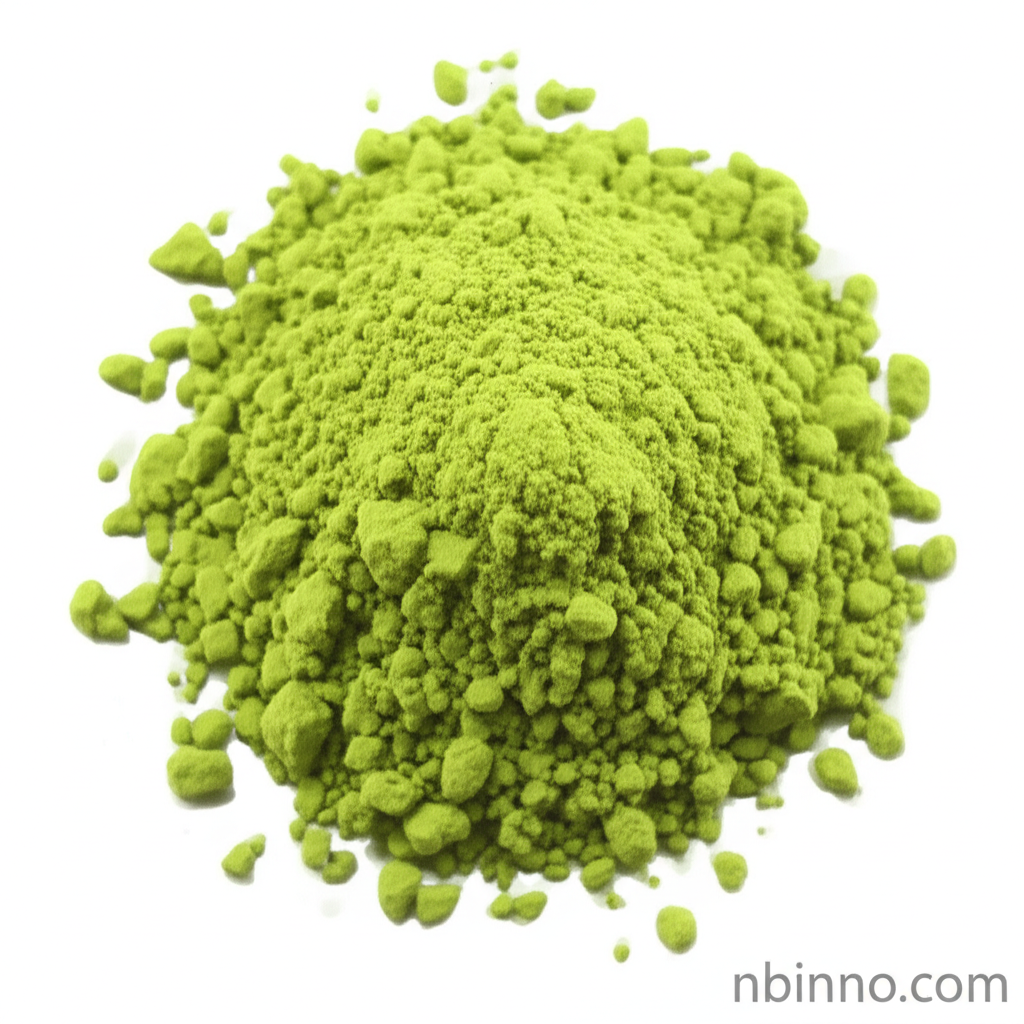2,5-Dibromo-3,4-thiophenedicarboxylic Anhydride: A Key Intermediate for Advanced Organic Electronics and Materials Science
Explore the critical role of this versatile chemical intermediate in advancing organic electronics, polymer chemistry, and pharmaceutical development. Discover its potential as a building block for next-generation materials.
Get a Quote & SampleProduct Core Value

Dibromothiophenedicarboxylic Anhydride
As a leading supplier in China, we provide high-purity Dibromothiophenedicarboxylic Anhydride, a crucial chemical intermediate essential for cutting-edge research and industrial applications. Its unique structure and reactivity make it indispensable in the synthesis of advanced materials, particularly within the realms of organic electronics and polymer chemistry.
- Facilitate the synthesis of organic semiconductors, making it a vital component in the development of flexible electronics and organic photovoltaic cells.
- Enable the creation of functionalized polymers with enhanced thermal and electrical properties, critical for advanced materials in coatings and adhesives.
- Serve as a key building block in pharmaceutical development, contributing to drug discovery and the synthesis of novel therapeutic agents.
- Contribute to research in material science by enabling the creation of novel materials with unique optical and electronic properties.
Advantages Provided by the Product
Enhanced Reactivity for Complex Synthesis
Leverage the strong electrophilic character of Dibromothiophenedicarboxylic Anhydride, enhanced by its bromine substituents, to achieve efficient coupling reactions in your organic synthesis projects.
Versatile Building Block
Utilize this compound as a versatile building block for creating complex molecular architectures, essential for professionals seeking to innovate in electronic and optoelectronic applications.
High Purity and Reliability
Our commitment to quality ensures a minimum purity of 97%, providing reliable and consistent results for your critical research and development needs.
Key Applications
Organic Electronics
This compound serves as a key building block in the synthesis of organic semiconductors, essential for developing flexible electronics and organic photovoltaic cells, aligning with advancements in the field of OFETs and OLEDs.
Polymer Chemistry
It is used to create functionalized polymers that exhibit enhanced thermal and electrical properties, making it valuable in the production of advanced materials for coatings and adhesives.
Pharmaceutical Development
The compound plays a role in the synthesis of bioactive molecules, contributing to drug discovery processes, particularly in developing new therapeutic agents and supporting pharmaceutical intermediates research.
Material Science Research
The compound is studied for its potential in creating novel materials with unique optical and electronic properties, leading to innovations in various high-tech applications and contributing to the broader field of material science.
